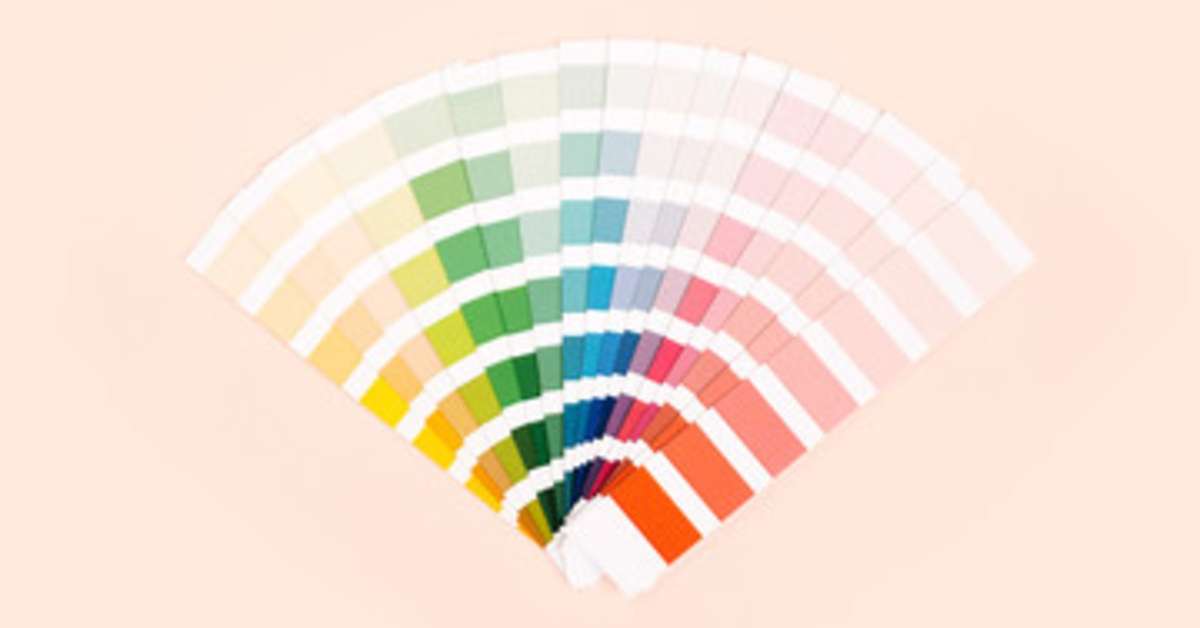![]() Brands are an important part of daily life for American consumers. While some grocery items carry household names and serious brand loyalties, others are virtually forgettable. CPG organizations who manage to build an iconic brand don’t just have a visual example. While exceptional packaging design is a key component of their success, it’s not the only element. To understand the recipe for iconic branding, it’s important to closely examine the key difference between beloved CPG brands and others who are just well-liked.
Brands are an important part of daily life for American consumers. While some grocery items carry household names and serious brand loyalties, others are virtually forgettable. CPG organizations who manage to build an iconic brand don’t just have a visual example. While exceptional packaging design is a key component of their success, it’s not the only element. To understand the recipe for iconic branding, it’s important to closely examine the key difference between beloved CPG brands and others who are just well-liked.
Research by Millward Brown has confirmed that iconic brands appreciate better customer loyalty than brands that are merely “well-liked.” While 58% of iconic brands have strong top-of-mind awareness, just 36% of popular brands are top-of-mind for consumers. In How Brands Become Icons, Dr. Douglas Holt of Oxford University proposed the idea that truly iconic branding is likely to fit three criteria:
- Iconic Brands are Relevant
Apple’s initial 1984 commercial addressed anti-corporate attitudes among creatives who aspired to own personal computing technology. Oreo and Chipotle have, more recently, created advertising in support of equal marriage rights.
Iconic brands are unlikely to be overtly political, but they are able to recognize and tap into cultural themes. Holt highlights the 1971 Coca-Cola ad from 1971 “I’d Like to Teach the World to Sing,” which was a reference to many consumer’s desire for world peace amidst the backdrop of the Vietnam war.
- Iconic Brands Create Myths
In many cases, iconic brands are able to create a fantasy world that is appealing to their target customers. Folger’s advertising and packaging offers the promise of pleasant, wakeful mornings on weekdays. Special K cereals allow consumers to enter a world where their breakfast choices are both tasty and a positive health decision. Capri Sun’s juice pouches, which are free of high-fructose corn syrup, allow busy Mothers access to convenient and mess-free products that aren’t junk food.
In some cases, these fantasy worlds can offer an escape from reality. No consumer reasonably believes they’ll be able to take up residence in the wooded, cutesy realm of the Keebler Cookie Elves. In most cases, however, the fantasy world represents something that consumers are already actively desiring or even working towards, which can be healthier living, easier meal clean-up, or rapid food preparation.
- Brands Embody Myth
By creating a consistent brand story with associated values, voice, and visual elements, brands are able to transform their product into their myth. In the minds of consumers, purchasing a product from an iconic brand is more than just a product. Morningstar’s meatless products are a one-way ticket to a environmentally-friendly, health-conscious lifestyle. A packet of Kool-Aid is all you need for a pitcher of lighthearted summer fun.
By maintaining consistency in messaging and branding, consumers form an unbreakable mental association between brand and myth, which allows for the creation of multisensory associations. This fact is why the taste, smell, feel, or sight of Hostess snack cakes transports many adults to eating an after-school snack at a kitchen table.
What Does Customer Knowledge Have to Do With Iconic Branding?
Efforts to follow the recipe for iconic branding won’t make much of an impact if your brand story and myth don’t resonate with consumers. Few consumers purchase packages of instant soup mixes as a tool to relive their broke college days. The myth of your product has to be a reflection of the world your consumers want to create for themselves. Iconic brands must have a desirable myth, which is only possible with in-depth knowledge of your customers.
Iconic Packaging and Branding isn’t Necessarily Based on Zeitgeist
In the best cases, brands are able to tap into timeless cultural themes. While Coca-Cola’s peace-themed 1971 commercial was a reflection of current political events, a desire for peace and safety is a timeless concept. Bear Creek soup mixes reflect a desire for simple, satisfying family meals that won’t disappear in the next decade. However, it’s no secret to marketers that myths that resonate with one demographic’s may not appeal to another.
To create a brand story and visual packaging that will resonate with your consumers over time, package design must be preceded by thorough audience research. By developing vivid profiles of your ideal customers, you can gain an understanding of priorities and pain points. With smart product development and packaging design, you can tell a story that directly reflects exactly what your consumers want from a CPG experience.
image credit: bikeman via flickr cc






